The historic center of the city of Trani houses some monuments of great historical, cultural and religious importance. Here is the Scolanova Synagogue, a place of worship for Jewish religious, where they can meet and pray together. The church is located in Piazza Scolanova, a small pedestrian square, where tourists crowd the small streets to discover small jewels such as the synagogue. In summer, some local restaurateurs invade the square with tables and music in the evening hours, in the name of celebration and harmony.
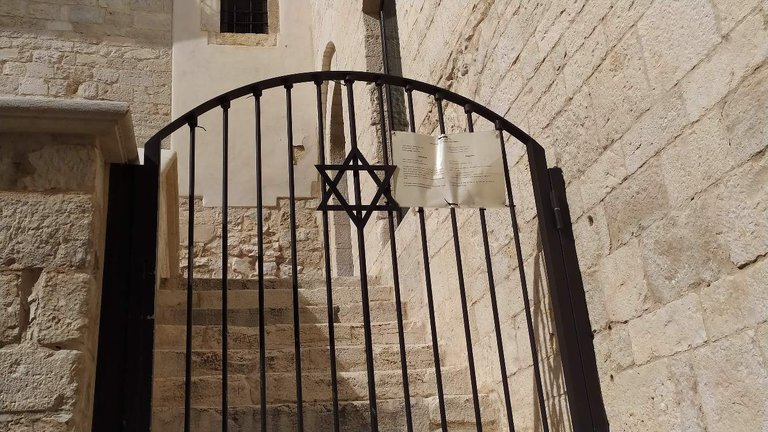
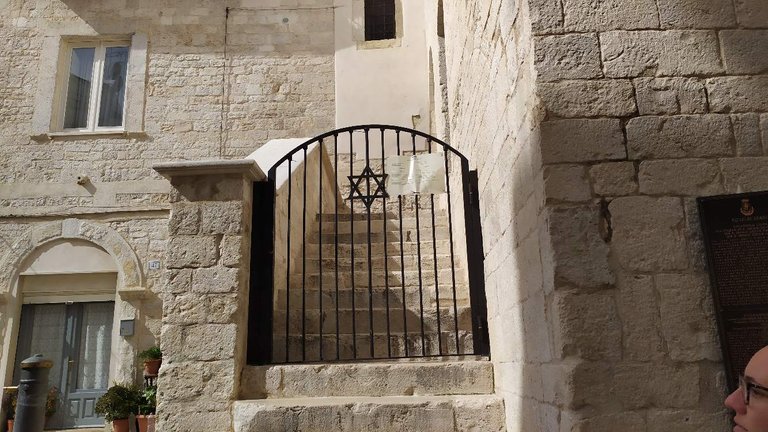
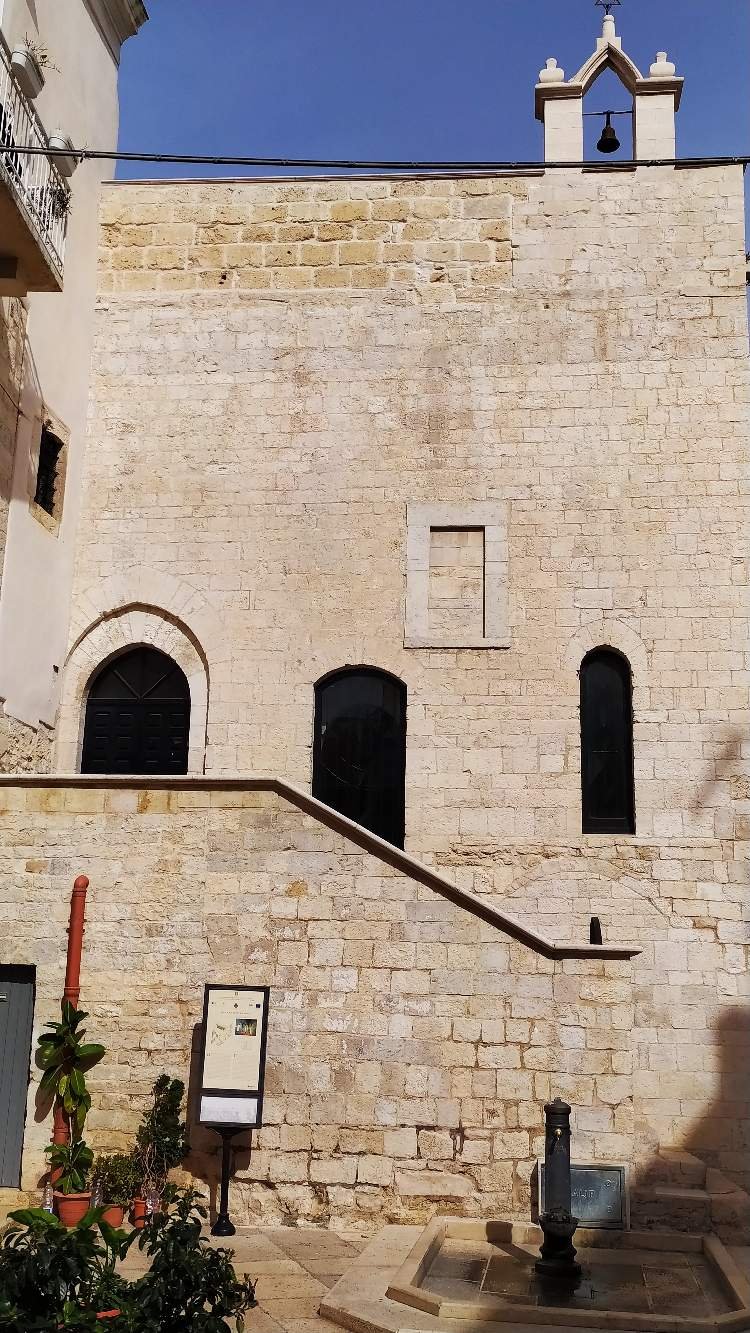
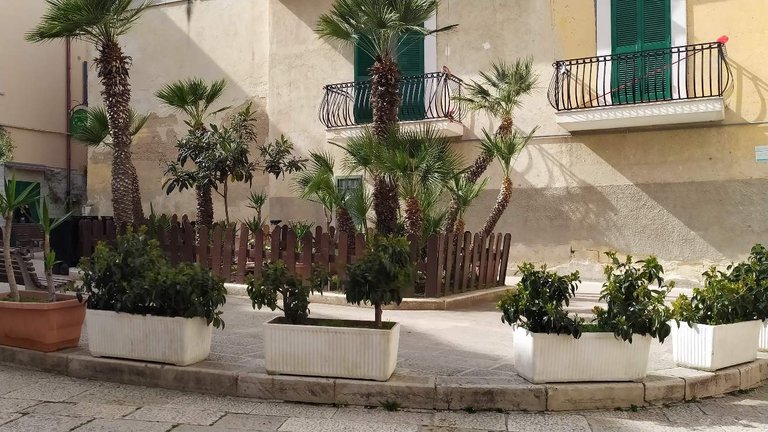
The center is characterized by many small streets, communicating with each other, often impossible to travel by car because centuries ago the idea of the car had not yet been contemplated. All buildings are made of local stone and boast centuries of history. The art of craftsmen has proven more solid than new construction technologies. During the day it is possible to admire many small details of the streets and houses but at night the magic of darkness and artificial light makes the atmosphere truly magical. A few steps you reach the sea and here there are two important historical structures: the Swabian Castle and the Cathedral or Duomo.
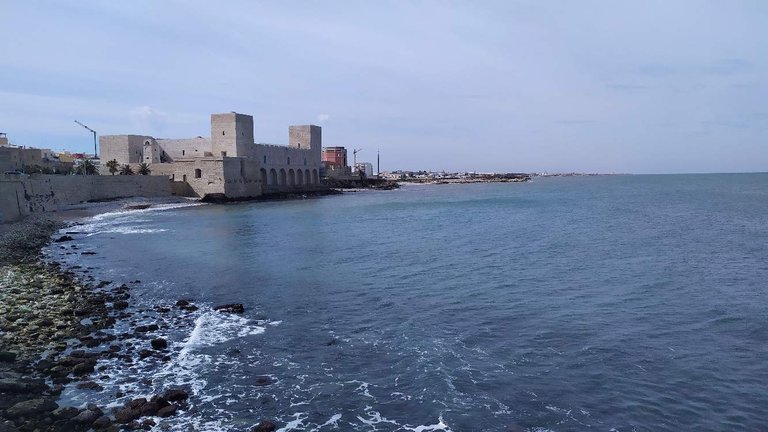
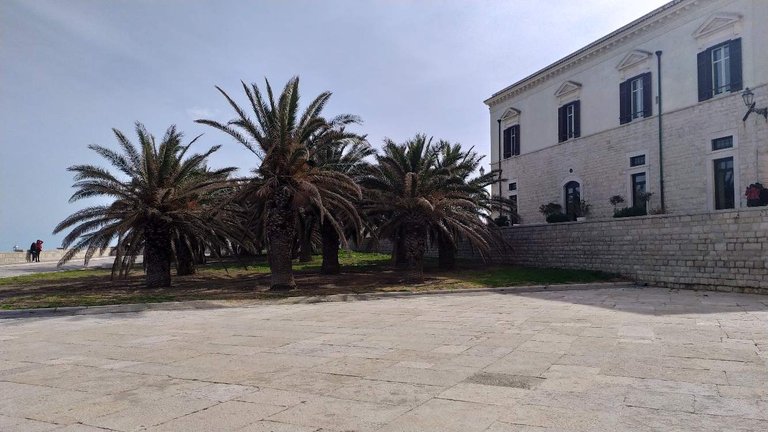
The castle, built in the 13th century AD it was an imposing fortress, solid and difficult to conquer both from the sea and from the land. Over the years the castle has undergone changes in its use: from the home of noble families to a place of detention, finally to today it has become a tourist center of prime importance.
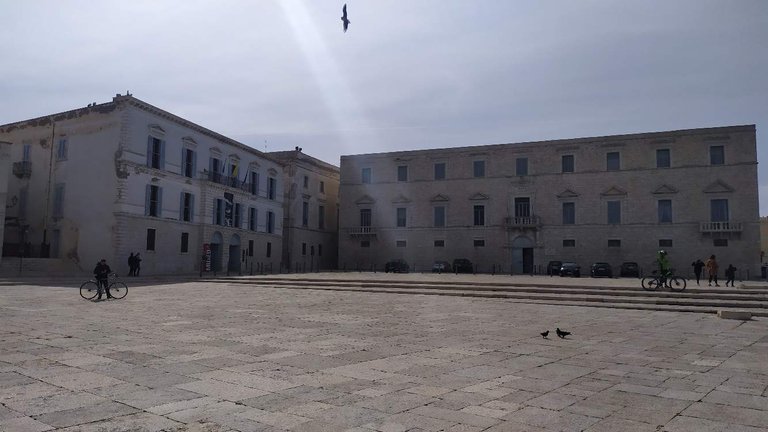
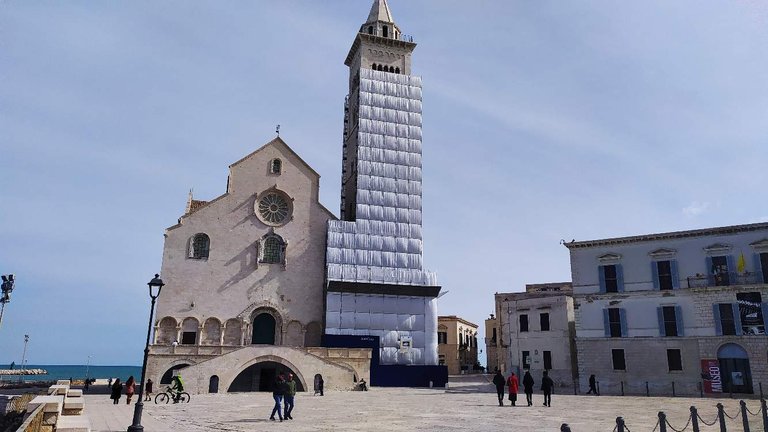
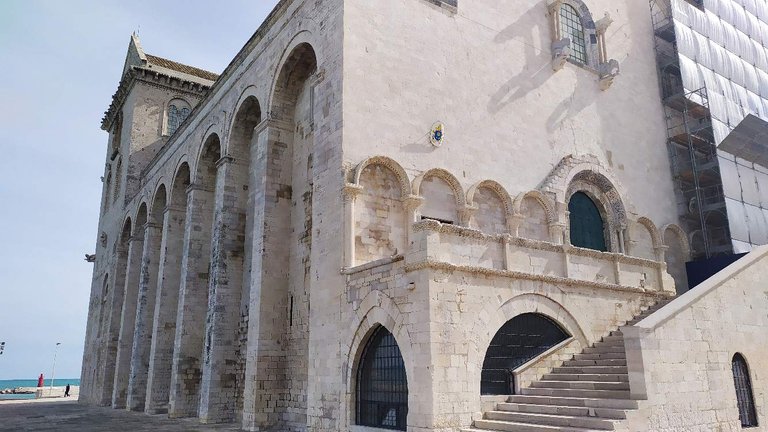
The cathedral instead dates back to the 11th century AD, built in Romanesque style, in which the subject is the local white limestone. The tower is over 50 meters high and was built later than the church. Inside there are 3 churches, located on 3 distinct levels, from the oldest, present below sea level, to the most recent, the large church which is located on the highest level and accessible through the stairs both from the outside and from the inside. The cathedral is also called the queen of the Apulian cathedrals because it is located by the sea and seems to watch over and peer all from the height of its might!
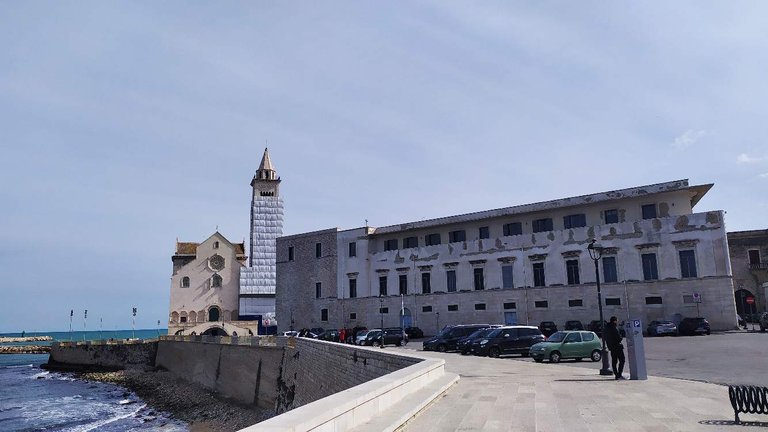
The historic center of the city was born mainly around the 15th-16th century AD, when a thriving market deriving from naval trade launched the city port as a springboard for the entire Adriatic Sea market, second only to the city of Venice. The construction of the buildings is characterized by the local stone, a calcareous tuff, extracted from the quarries of the city, characterized by a very light pink color, almost white.
The city was built on two levels: there are in fact underground tunnels, directly in contact with the sea, with corridors that can only be traveled by small boats and which all lead in the direction of the city port. During the Second World War, when the fascist army arrived, many people found refuge in these tunnels and managed to escape from the military threat. Unfortunately today the underground part of the city is made inaccessible, as it can no longer guarantee the safety of visitors. The hope is that soon a restoration work can be started that will bring to light the entire network of tunnels.
Thanks for reading my post
The rewards earned on this comment will go directly to the person sharing the post on Twitter as long as they are registered with @poshtoken. Sign up at https://hiveposh.com.
The scale Is very big, interesting
It is a beautiful city!
I loved the pictures and specially the perspective. The city holds a beautiful history.
Keep experiencing and keep flourishing.
It is an interesting place. The bricks ooze a vibe of being old but gold. Enjoy some !PIZZA
@juecoree, ¡lo siento!
Puedes llamar al bot PIZZA un máximo de 10 veces al día.